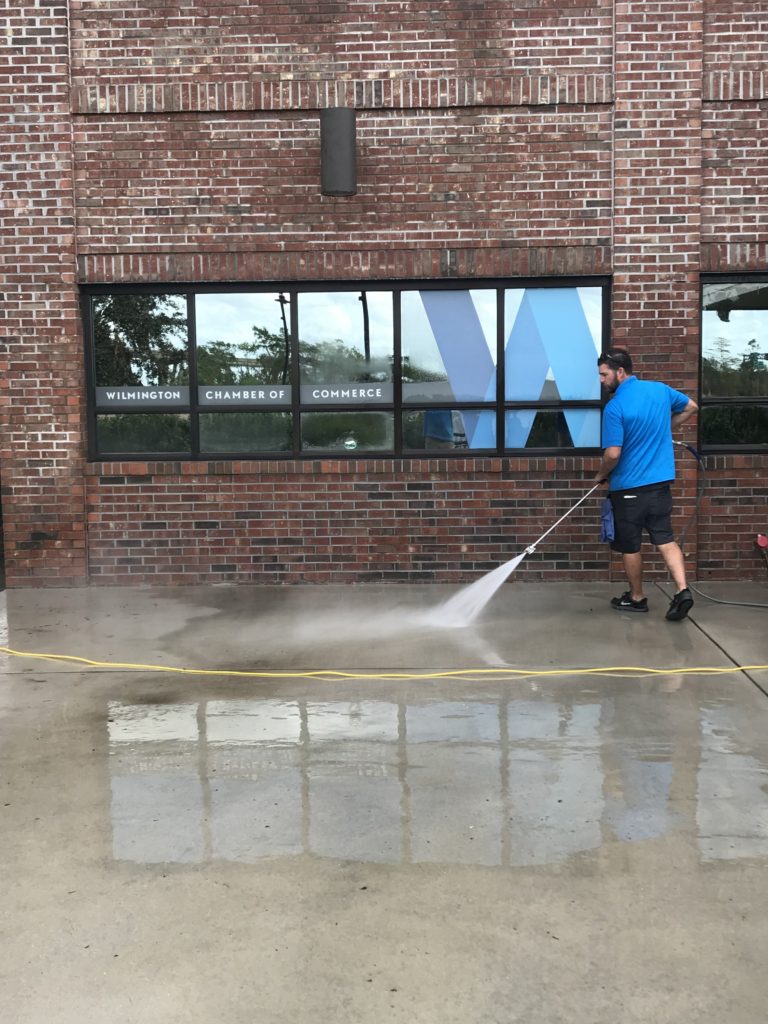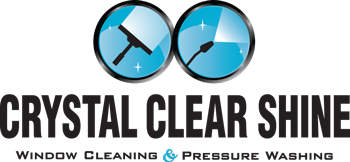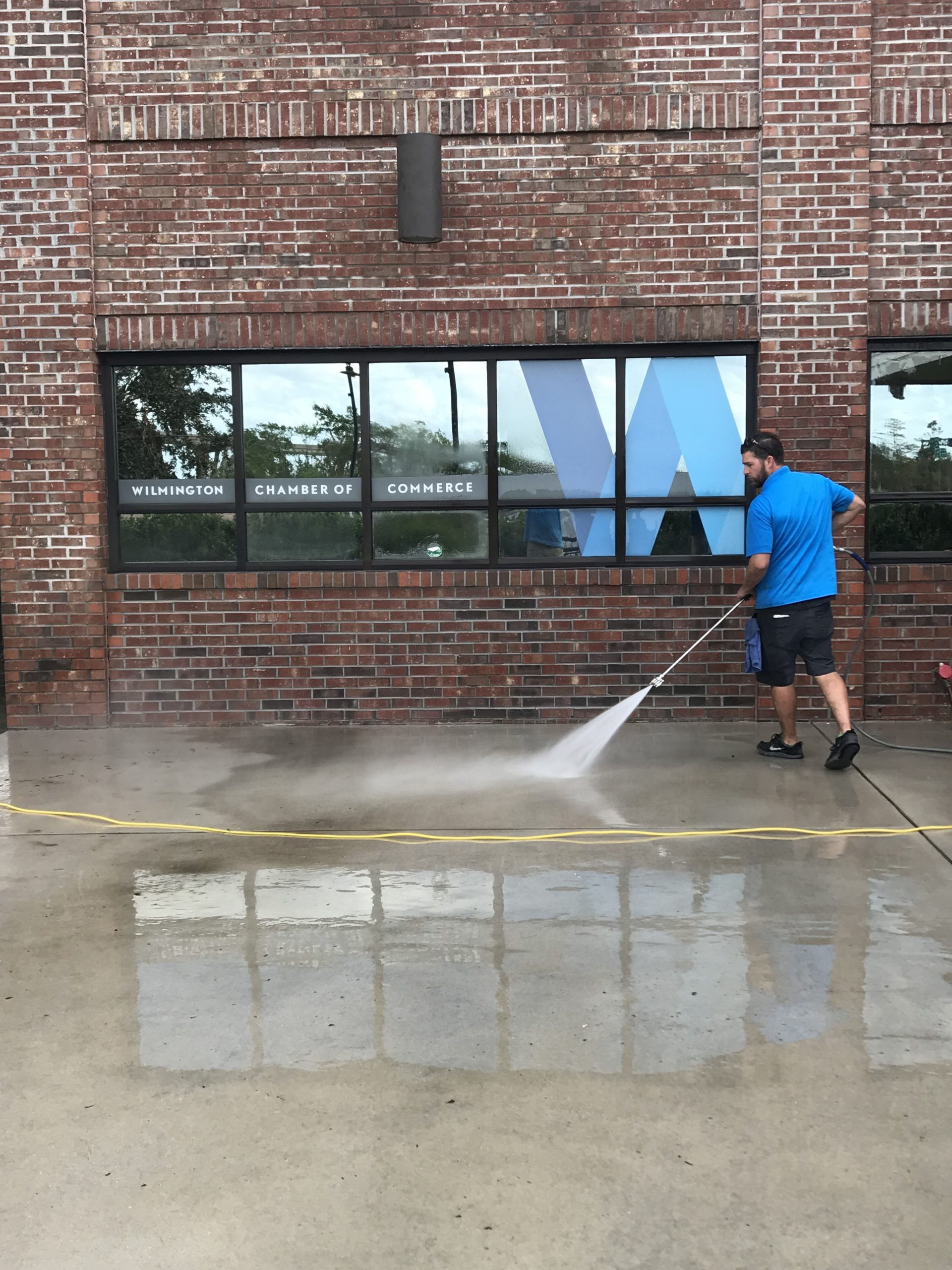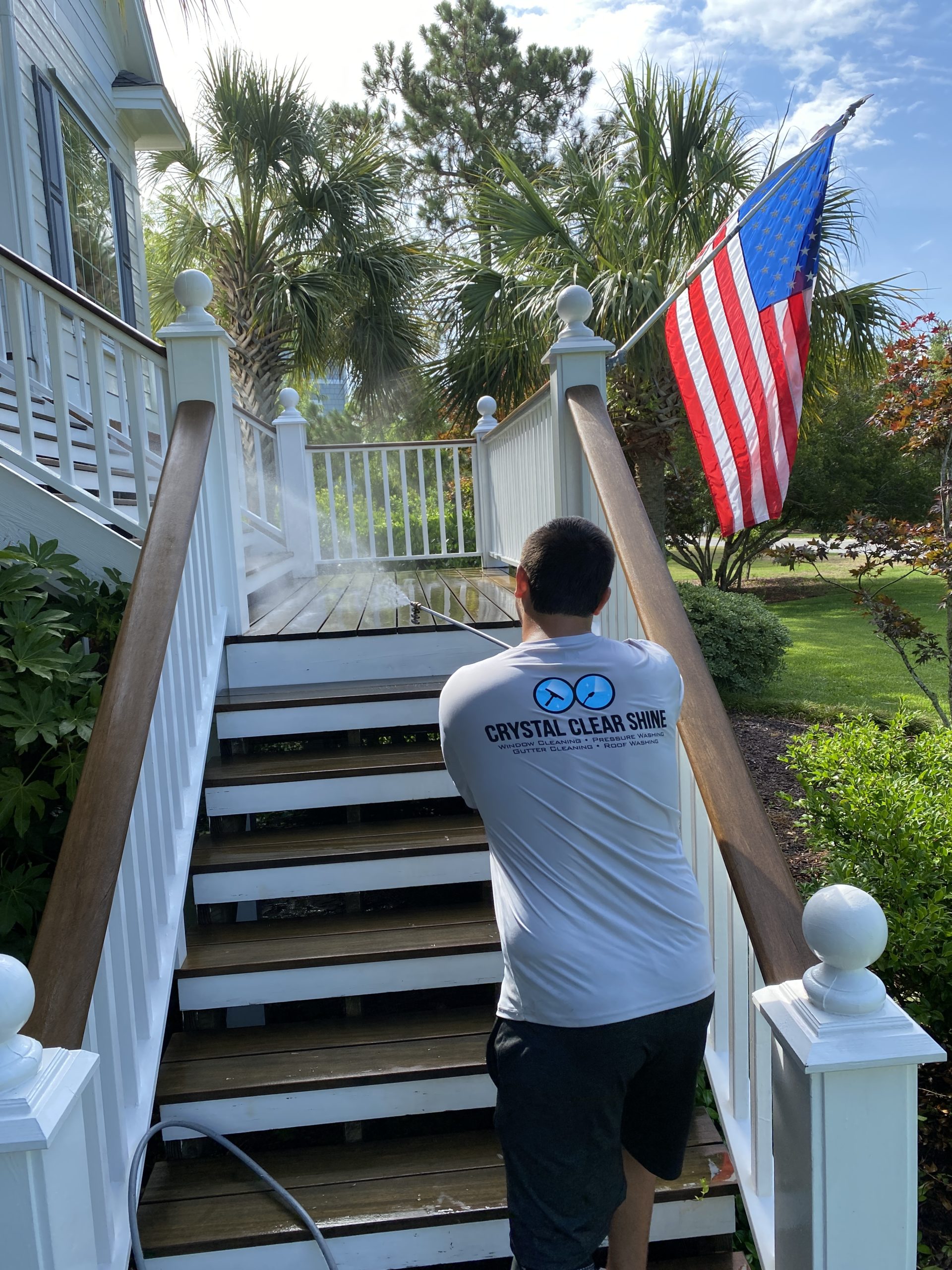
Power Wash Business
Power Wash Business: A Comprehensive Guide
Are you looking to upgrade your property with a fresh new look? Pressure washing is an effective and affordable way of cleaning, sanitizing, and beautifying your home or commercial space. Power wash business can eliminate years of dirt and grime from a variety of surfaces on the exterior of your building including brick, vinyl siding, decks, patios, driveways and sidewalks. Not only will it remove unsightly buildup but also brighten up the color; giving off an inviting appeal as well as maintaining its value for years to come. In this guide, we’ll explore all the benefits that pressure washing provides along with tips on how to choose the right service provider to obtain these results safely and affordably.
Discover the Benefits of Pressure Washing
Pressure washing is a highly effective method to revamp your home’s exterior, and the benefits go beyond just aesthetics. It is a powerful way to remove dirt, grime, and even mold and mildew that can build up over time. By using a high-pressure stream of water, pressure washing can blast away even the most stubborn stains on your home’s siding, driveway, and deck. Beyond improving your home’s appearance, pressure washing can also help increase its value by maintaining its structural integrity, and preventing decay and rot. Whether you want to clean your home for curb appeal or prevent long-term damage, pressure washing is a quick and easy way to keep your home looking its best.
Identify the Right Equipment for Your Project
When it comes to tackling tough cleaning jobs, pressure washers can be a game-changer. However, not all pressure washers are created equal, and it’s important to choose the right equipment for the task at hand. Depending on the level of pressure, flow rate, and cleaning power needed, certain types of pressure washers may be better suited to specific jobs. For example, a light-duty electric pressure washer might be perfect for cleaning a small patio or car, while a heavy-duty gas-powered model might be needed for larger-scale projects like washing a commercial building or removing graffiti. By understanding the different types of pressure washers available and their capabilities, you can ensure that you select the right equipment to get the job done effectively and efficiently.
Prepare the Area for Pressure Washing
Before beginning any pressure washing project, it is essential to consider which areas need to be prepped for safety and efficiency. As a professional, it’s important to take the time to analyze the job site and identify any potential hazards, such as loose debris or obstacles in the work area. It’s also crucial to ensure that any nearby plants, outdoor furniture, or other objects are protected from the high-pressure water stream. Taking these necessary steps not only enhances the safety of the project but also ensures that the pressure washing process runs smoothly and without any unnecessary interruptions. Preparing the area beforehand is an important component of any successful pressure washing project.
Choose the Right Cleaning Agent
Selecting the right cleaning agent is a crucial step in maintaining a clean and healthy environment. It’s important to consider the type and strength of the detergent or cleaning solution before applying it on any surface. For instance, a strong chemical agent might damage surfaces while a gentle cleaning solution will not be effective in removing stubborn stains. As a professional, it’s essential to understand the specific cleaning needs of your workplace or home and choose a solution accordingly. By selecting the right cleaning agent, you can ensure that surfaces remain clean, germ-free, and well-maintained without causing any harm or damage.
Take Safety Precautions
When it comes to pressure washing, there are a few safety precautions that one must take to prevent injury or damage to property. It is important to familiarize yourself with the equipment and its proper usage before beginning any task. Always wear appropriate safety gear such as goggles and non-slip shoes. If possible, avoid pressure washing on a ladder or elevated surface as it can be dangerous. Be mindful of your surroundings and ensure that the area is clear of any bystanders or obstacles. Additionally, make sure to protect any surrounding plants or objects that may be vulnerable to the high pressure. By following these safety guidelines, you can confidently pressure wash your property without any mishaps.
Follow a Systematic Process
To get the best results, it is important to follow a systematic process when pressure washing different sections of your property. Start by surveying the area and identifying specific problem areas that need more attention. Then, begin at the top of your property and work your way down, making sure to clean all surfaces evenly and thoroughly. Use vertical or horizontal strokes rather than circular motions to prevent streaks or damage. For tougher stains, applying a pre-treatment solution beforehand can help loosen the grime and make the pressure washing process more effective. By following a systematic approach, you can ensure that your property is cleaned efficiently and without any missed spots.
Checklist After Pressure Washing
After completing a pressure washing project, it is important to do a final check of your property to make sure that everything has been cleaned and restored to its best condition. Some key things to look for include any lingering dirt or grime, streaks, or damage caused by the pressure washer. Take note of any areas that may require additional cleaning or touch-ups. Also, be sure to inspect the surrounding area for any potential damage, such as plants or surfaces that may have been affected by the pressure washing. By doing a thorough check after pressure washing, you can ensure that your property is clean and well-maintained from top to bottom. Overall, hiring a professional pressure washer not only saves time and effort but also ensures that your property is cleaned effectively and efficiently.
Troubleshooting Common Issues
Pressure washing can be a highly effective cleaning method for your outdoor surfaces, but like any other tool, it is not without its problems. From inconsistent spray patterns to machine breakdowns, several issues can arise during or after pressure washing. However, with proper troubleshooting techniques, you can address these problems and get back to cleaning your surfaces with ease. By following common tips such as checking for blockages and leaks, adjusting your nozzle position, and maintaining your pressure washer equipment, you can stay ahead of common problems and keep your cleaning routine running smoothly. So don’t let common issues get in the way of your pressure-washing goals – equip yourself with the right tools and knowledge to address them head-on.
In conclusion, pressure washing can be a great way to renew and protect your home or business’s exterior, but only when done correctly. Now that you’re armed with the right equipment, cleaning agents, safety precautions, and systematic process for pressure washing any surface properly by following these tips every step of the way, you can ensure that your property looks as good as new in no time. Just remember to finish it off by running through the checklist and troubleshooting any issues that come up along the way to make sure everything is completed correctly. If you ever find yourself feeling overwhelmed or in need of more information about how to pressure wash right, feel free to reach out for help from an experienced professional. It’s always better safe than sorry. Good luck with your project!
https://www.google.com/maps?cid=11318820979387677352


